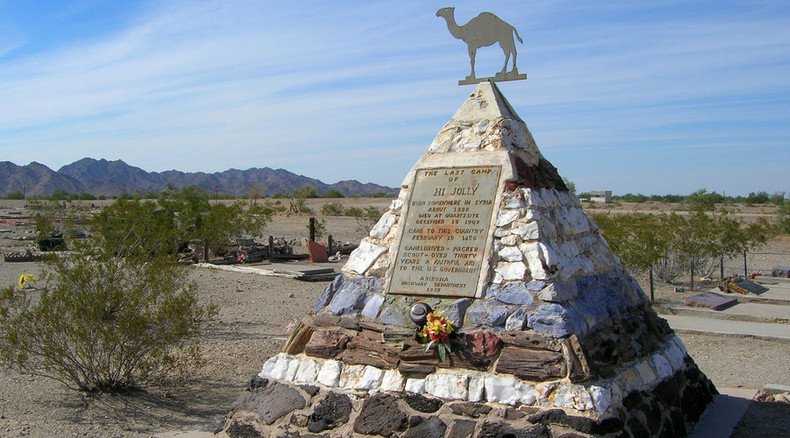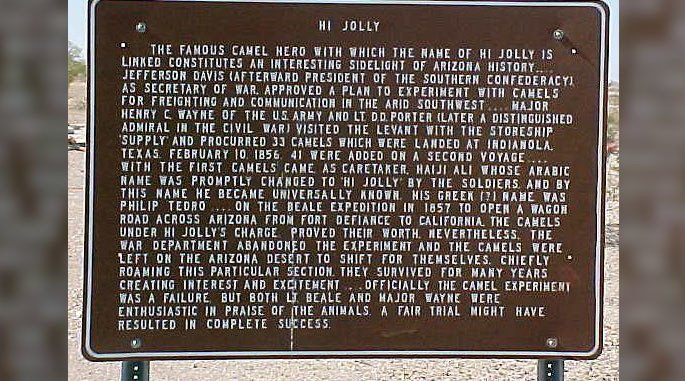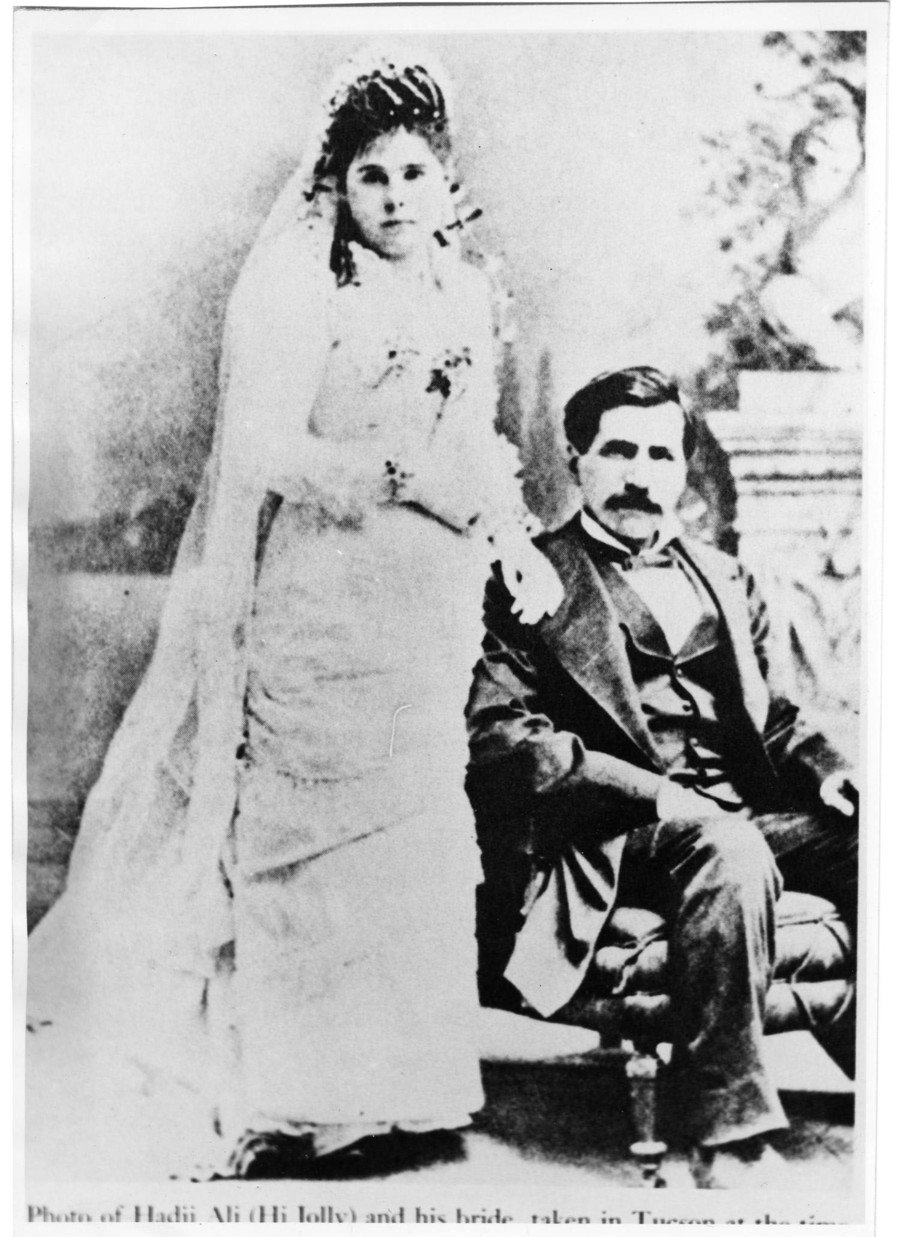As governors retreat from refugees, Arizona honors Syrian immigrant ‘Hi Jolly’

Although Arizona Governor Doug Ducey has said the state will refuse Syrian refugees in the wake of last Friday’s terrorist attack in Paris, France, Arizona is currently spending nearly half a million dollars to honor a Syrian immigrant.
The Arizona Department of Transportation has begun a $460,000 sign project to direct tourists to the Hi Jolly Monument, the burial place of a Syrian immigrant in Quartzsite. The state is installing nine signs in the town to help visitors find their way to the memorial. The signs are brown with white letters and a directional arrow.
"Hi Jolly was a camel driver who came here in the 1850s, bringing camels to help move goods," Gaby Kemp, senior community relations officer for ADOT, told the Palo Verde Valley Times. "There's a monument to him in Quartzsite and the town wanted to encourage people to go there to visit it."
READ MORE: Backlash: US governors reject migrants because Paris terrorists used refugee status
Hi Jolly, also known as Philip Tedro, was a Greek man born in Syria. He converted to Islam and, after completing a pilgrimage to Mecca, changed his name to Hadji Ali. He came to the US in 1856, along with a herd of 30 camels, according to the Daily Sabah. Ali was to serve as a camel driver for the US Army’s new unit in the southwest. After his arrival in Indianola, Texas, his name became the Americanized “Hi Jolly.”
Importing camels ‒ and eight drivers for them ‒ from the Ottoman Empire and Egypt was the brainchild of Navy Lieutenant Edward Fitzgerald Beale, who pitched his idea to then-Secretary of War Jefferson Davis, saying that the animals would be key to United States expansion in the southwest. Under Davis’ urging, Congress appropriated $30,000 for "the purchase and importation of camels and dromedaries to be employed for military purposes."

Ali served as one of the camel drivers in Beale’s 1857 expedition from Camp Verde, in central Texas, to Fort Tejon, an Army outpost a few miles north of Los Angeles, California.
AA Gray wrote about the significance of the trip in a California Historical Society Quarterly paper in 1830.
But Congress quickly forgot about the Army Cavalry’s experiment, what with the outbreak of the US Civil War and heavy political lobbying against the project.
"The mule lobby did not want to see the importation of more camels, for obvious reasons," Marshall Trimble, Arizona's official state historian, told the Smithsonian Magazine. "They lobbied hard, in Washington, against the camel experiment."
After Texas seceded from the Union, Confederate forces seized Camp Verde and its camels. Rebel troops reportedly pushed one camel off a cliff, but most were turned loose or sold.
"They were turned loose to graze and some wandered away," Popular Science reported in 1909. "Three of them were caught in Arkansas by Union forces, and in 1863 they were sold in Iowa at auction. Others found their way into Mexico. A few were used by the Confederate Post Office Department."

No longer employed by the Army, Ali remained in the US and married Gertrudis Serna. He became a prospector, scout and was a courier for what was called the Jackass Mail. He was also a packer, hauling freight in the area, according to Quartzsite’s website.
Ali became a legend of sorts, telling his tales of driving dromedaries through the southwestern desert, according to Daily Sabah. He became an American citizen in 1880 and moved to what is now Quartzsite ‒ then called Tyson’s Well ‒ towards the end of his life. He died in the town in 1902.
The legendary Hi Jolly was not to be forgotten, however. In 1934, the Arizona Department of Transportation erected a monument over Ali’s grave, which became the center of the pioneer section of the Hi Jolly Cemetery.
The department’s sign project, which was approved in October, is expected to be completed in early 2016.
LISTEN MORE:












